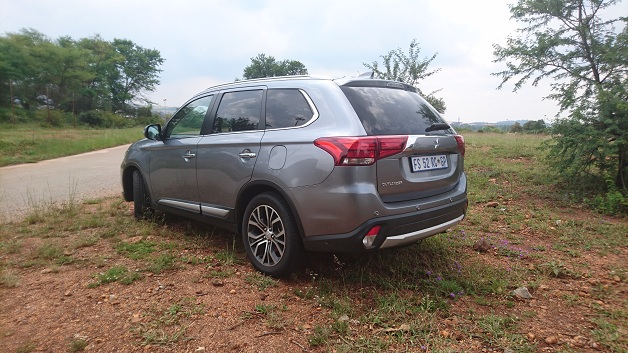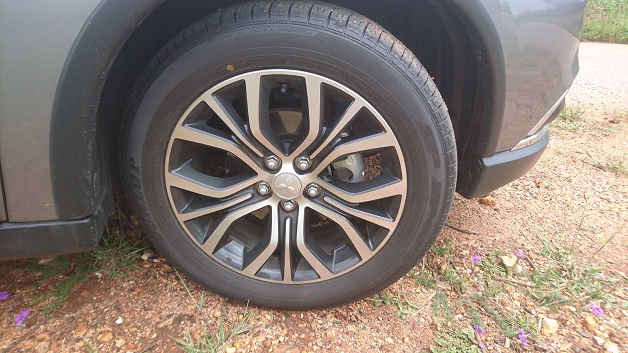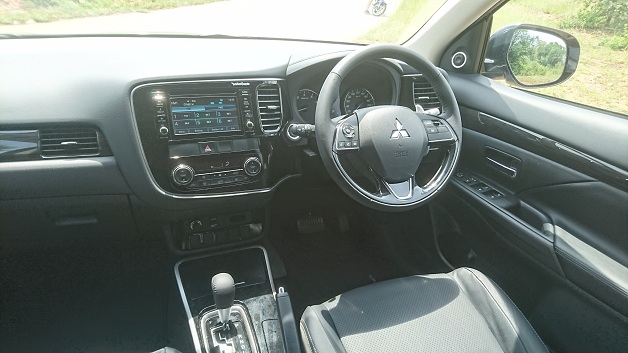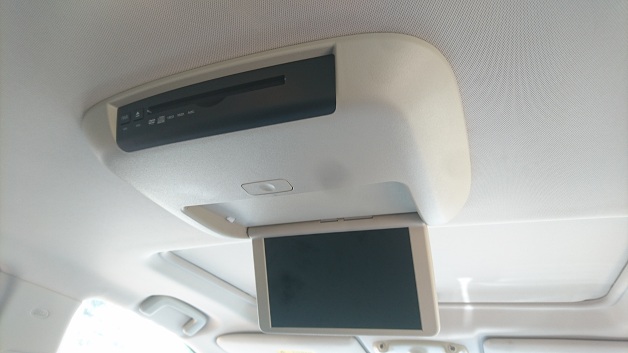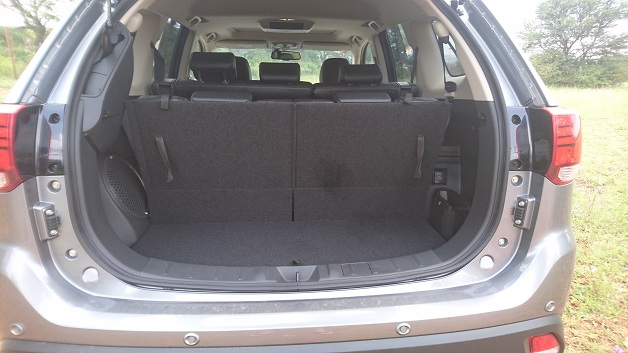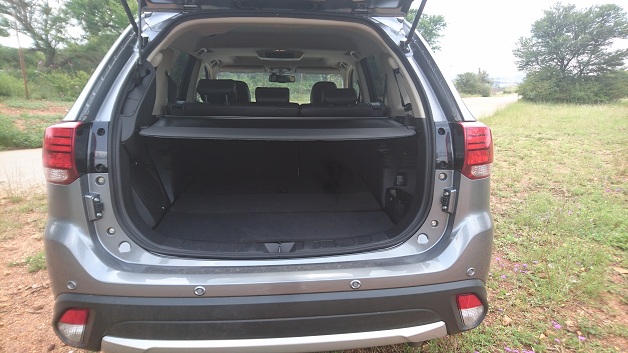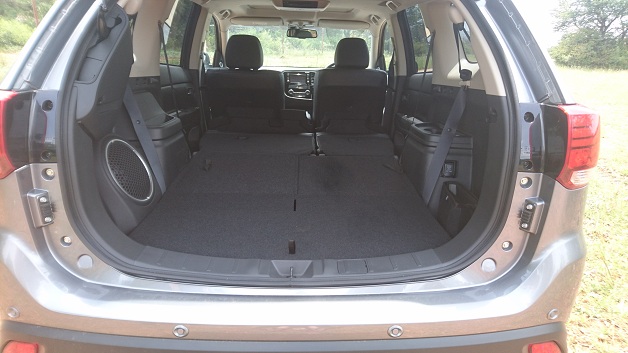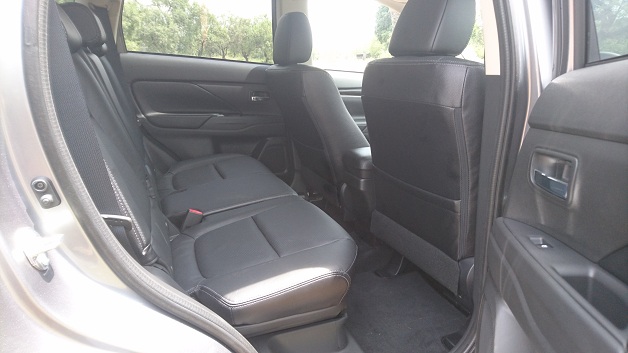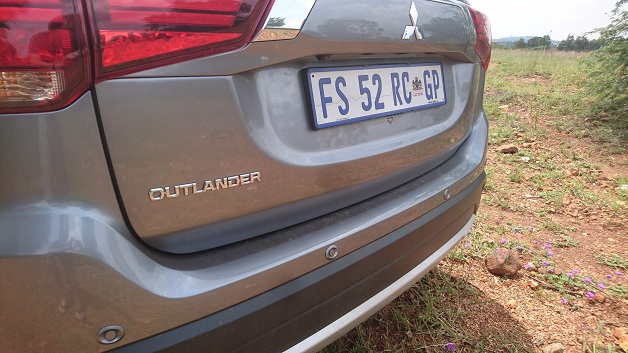In fact, with the terminally aged Chevrolet Captiva available in front-wheel only and Dodge still flogging the macho-looking but thirsty two-wheel drive Journey, the Mitsubishi Outlander has effectively made the seven-seat four-wheel drive mid-size crossover segment its own in recent years, with no other manufacturer offering a rival with a similar layout and unibody construction in the same price range.
While this can be interpreted as either good or bad, what cannot be disputed is that the Outlander, along with the ASX, has remained the sole glimmers of hope for Mitsubishi South Africa as the three-pointed diamond continues to be hamstrung by a limited model line-up ranging from the so-so Mirage, to the extremely capable but eleven year old Pajero.
Fresh from launching the facelifted ASX and long awaited brand-new Triton though, the Tokyo-based marque has now continued to its local product onslaught with the unveiling of the revised Outlander.
The second model after the ASX to introduce Mitsubishi’s Dynamic Shield styling language to South Africa, there is little doubt that the Outlander now looks a lot better than in its pre-facelift guise, or indeed any generation that went before.
Despite the somewhat sombre grey hue of our tester, the application of the striking chrome grille with its curved outside swaths, new LED head-lights, reshaped front bumper, chrome surround foglight bezels and 18-inch alloy wheels gives the Outlander a distinctive yet macho appearance unlikely to go unnoticed.
At the rear, the somewhat angular taillights now receive full LEDs and a blacked out appearance, while the fog lamps now sit on either side of the bumper with a more prominent curved chrome strip flanking the diamond badge on the bootlid.
Unlike its radical new exterior facade, the Outlander’s interior has remained mostly unchanged with a neat and classy appearance highlighted by soft-touch plastics, expansive piano-key black finishes, leather trim and smattering of chrome on the steering wheel and around the centre facia.
Taking pride of place on the latter, the seven-inch touchscreen infotainment display, which also serves as monitor for the reverse camera, has been carried over from the pre-facelift Outlander and continues to be a hit-and-miss affair with rather old fashioned graphics, laggy USB menu and an annoying voice activation system with far too many commands to choose from.
Granted, while many of the system’s quirks will eventually fizzle out with familiarisation, it rather lets down an otherwise feature rich and comfortable cabin equipped with electrically height adjustable driver’s seat, an impressive nine-speaker 710 watt Rockford Fosgate sound system, sunroof, cruise control, heated front pews, dual-zone climate control and an electric tailgate.
It is however as a chunky family hauler where the Outlander starts to claw back some lost ground. Although the third row is mostly reserved for small children, space in the second row is praiseworthy with ample head and legroom, as well as the added bonus of a nine-inch flip-down DVD player with infrared headphones for those long holiday road trips.
The practical side endures with the 60/40 split second row now able to slide to 250 mm further forward than before to aid third row access, be individually configured to suit preference, or completely folded down to load larger items. Boot space is rated at 128-litres with all seven seats and the cargo cover stored in the underfloor loadbox, or 591-litres with just five seats up. Fold the second row flat and the Outlander serves up a total of 1 608-litres.
As per its target market, safety is well accounted for with seven airbags, ABS with EBD and BAS, Hill Start Assist, Active Stability and Traction Control and ISOFIX mounting points in the second row.
For all its aesthetic and interior advantages, the Outlander’s biggest gripe remains its drivetrain. As before, Mitsubishi has stuck to its guns by offering it's 4J12 2.4-litre petrol engine with 123kW/ 222Nm of torque, mated to a six-step CVT with paddle shifters.
Tasked with hauling the 2.2-ton Outlander along, the combination badly lets the side down with the 'box becoming flustered by sudden throttle inputs, leading to a typical CVT drone and strained engine note. Opting for the Evo-inspired paddles rectified matters a bit, but the fact remains that Mitsubishi’s own 2.2 DI-D turbodiesel engine offered in Europe and connected to a conventional torque converter automatic gearbox, would be better suited.
Away from the concrete jungle, the drivetrain does have its merits by being quite and refined with the ‘box delivering near seamless shifts, however this does not change our minds in choosing it above a considerably torquier diesel. As a result, fuel consumption topped out at 10.4-litres/100 km, well off the claimed 8.2-litres/100 km.
Fitted with Mitsubishi’s three mode multi-select four-wheel drive system, the Outlander spent most of its weeklong stay in Auto 4WD as opposed to 4WD Eco and 4WD Lock, the latter sending most of the engine’s torque to the rear wheels, which provided sure footed handling in the rain that lashed Johannesburg during its tenure.
Summing up the revised the Mitsubishi Outlander is tricky due to it being limited by a torque starved petrol engine and a mix-matched CVT. Well appointed, comfortable and now better looking than ever it might be, the opportunity to hone it further with a deserving powertrain has again been missed.
SPECIFICATIONS
| ENGINE LAYOUT | DOHC 16v Inline 4 |
| DISPLACEMENT | 2,360 cc |
| MAX POWER | 123 kW @6000 rpm |
| MAX TORQUE | 222 N.m @4100 rpm |
| DRIVE LAYOUT | Front engine; Four-wheel drive |
| TRANSMISSION | CVT |
| ACCELERATION (0-100 km/h) | n/a |
| TOP SPEED | n/a |
| FUEL CONSUMPTION* | 10.4 L/100 km* |
| EMISSIONS | 192 g/km |
| PRICE | R549 900 |
*As claimed during tenure



